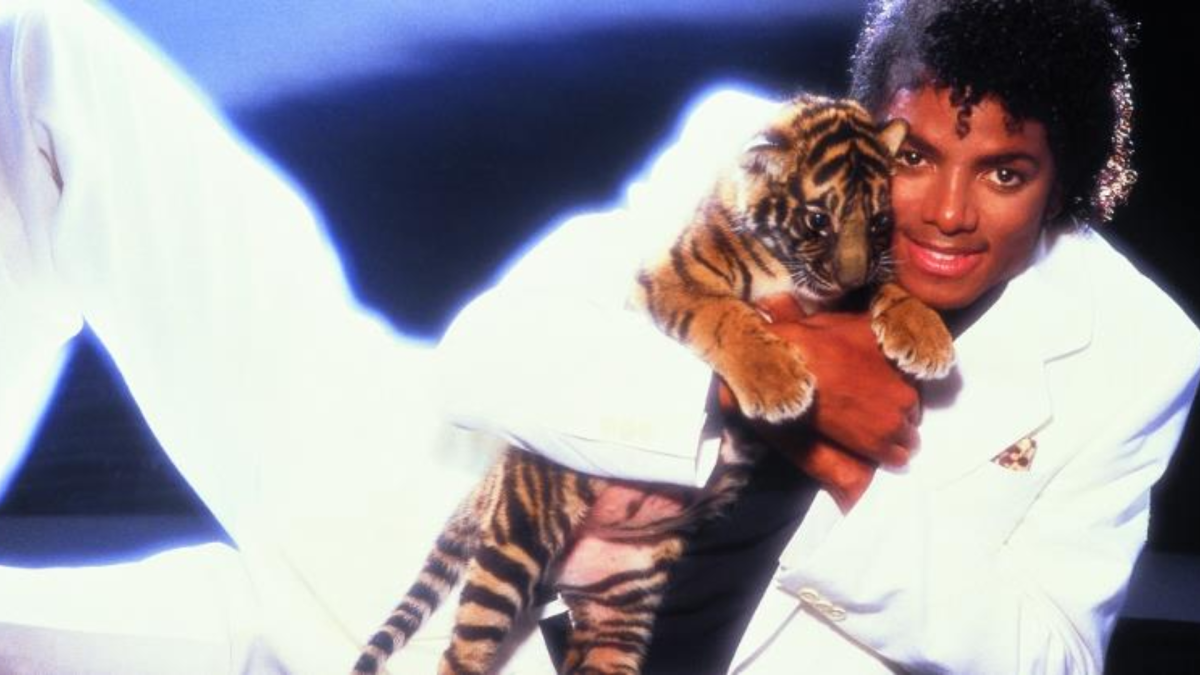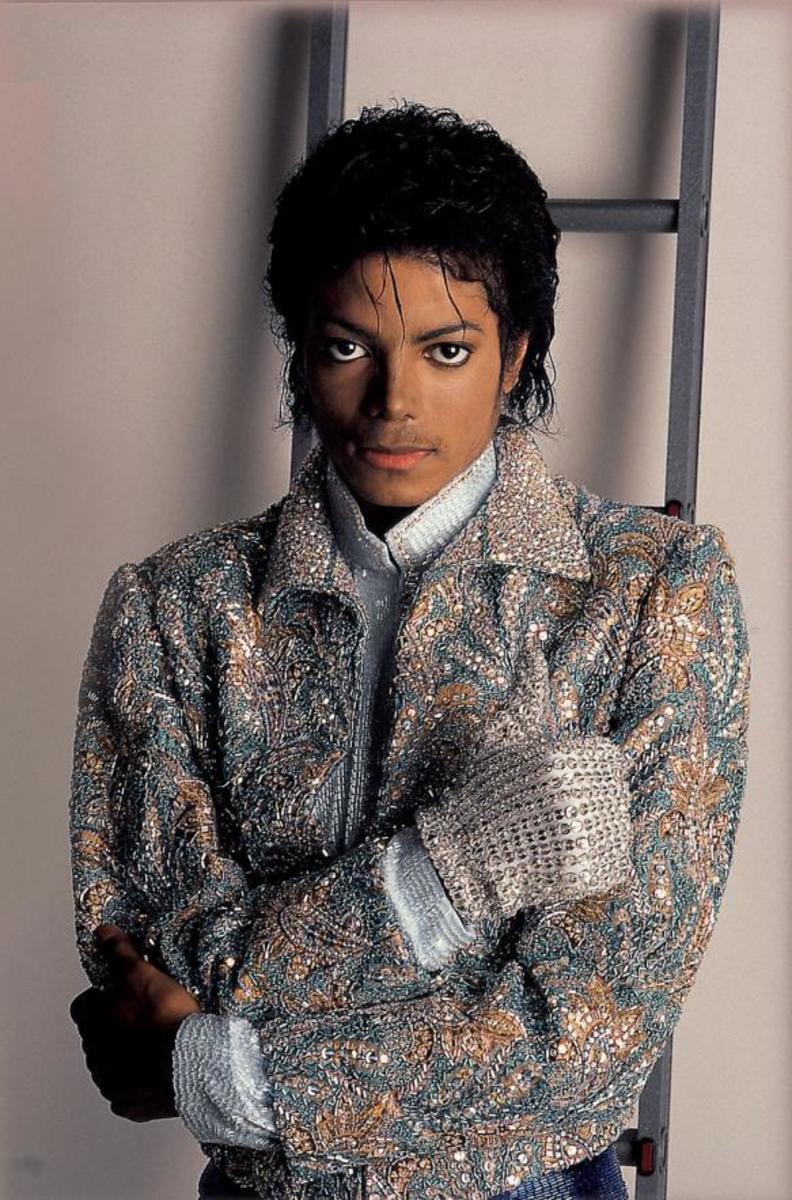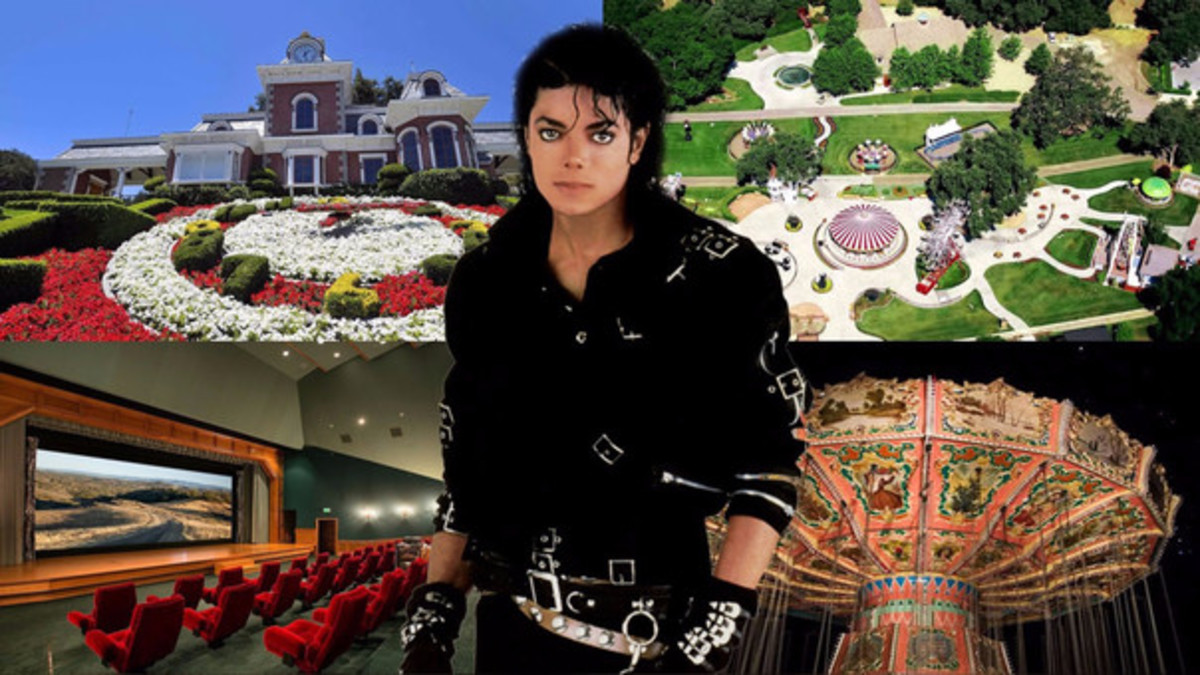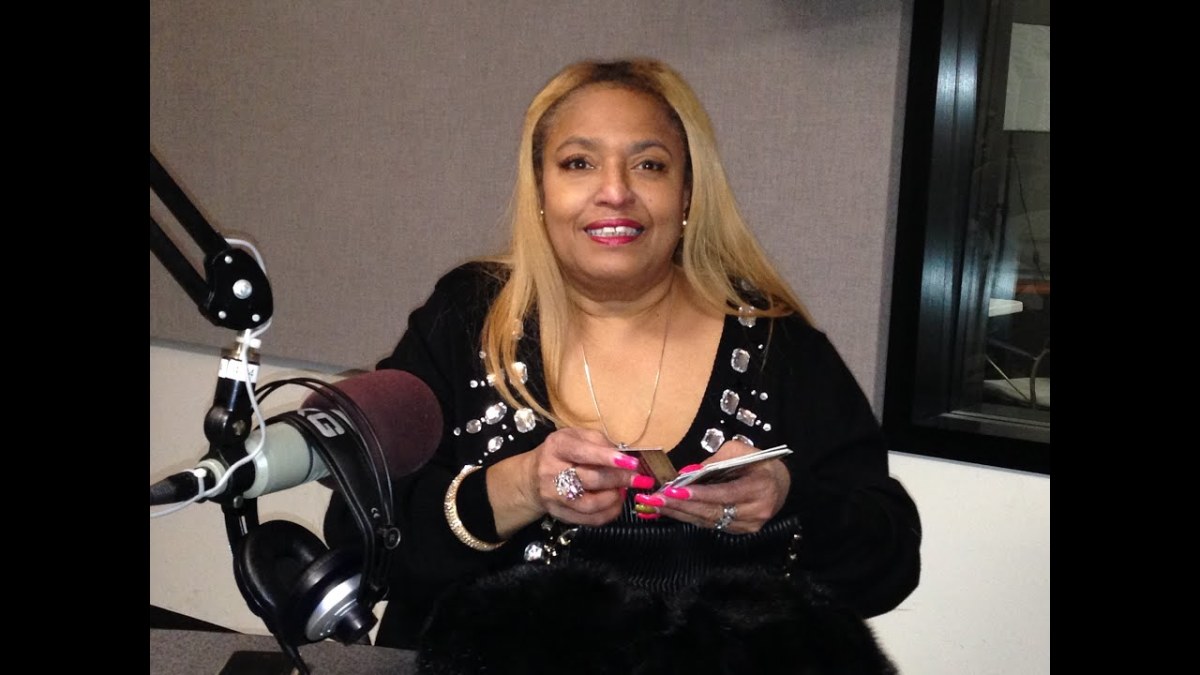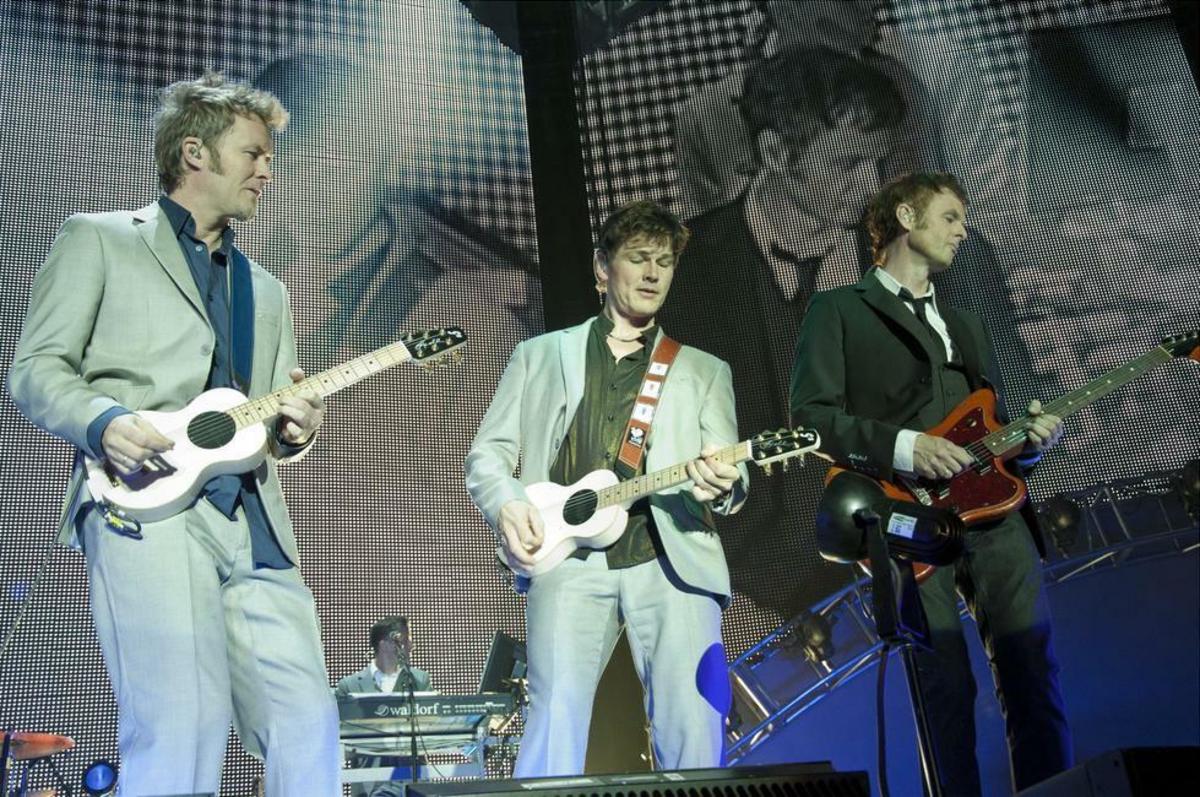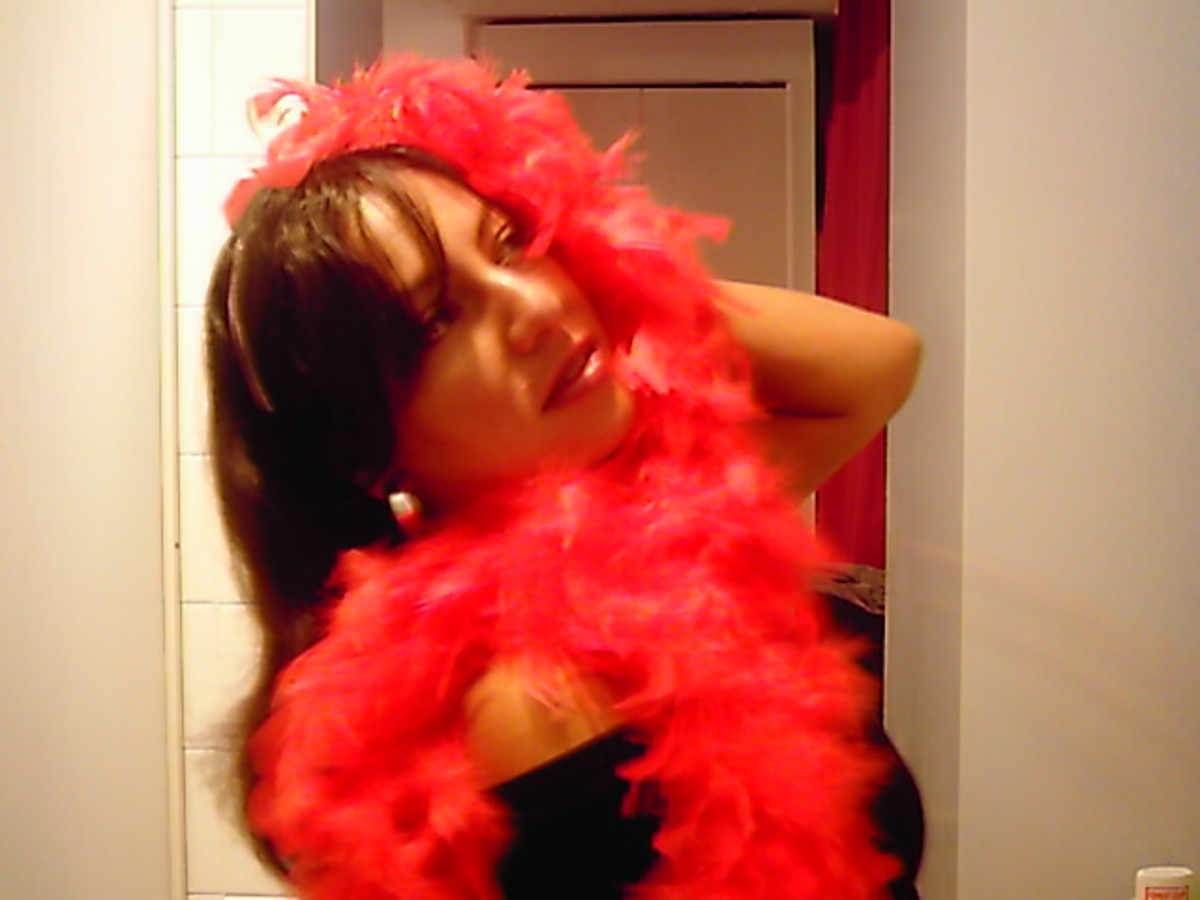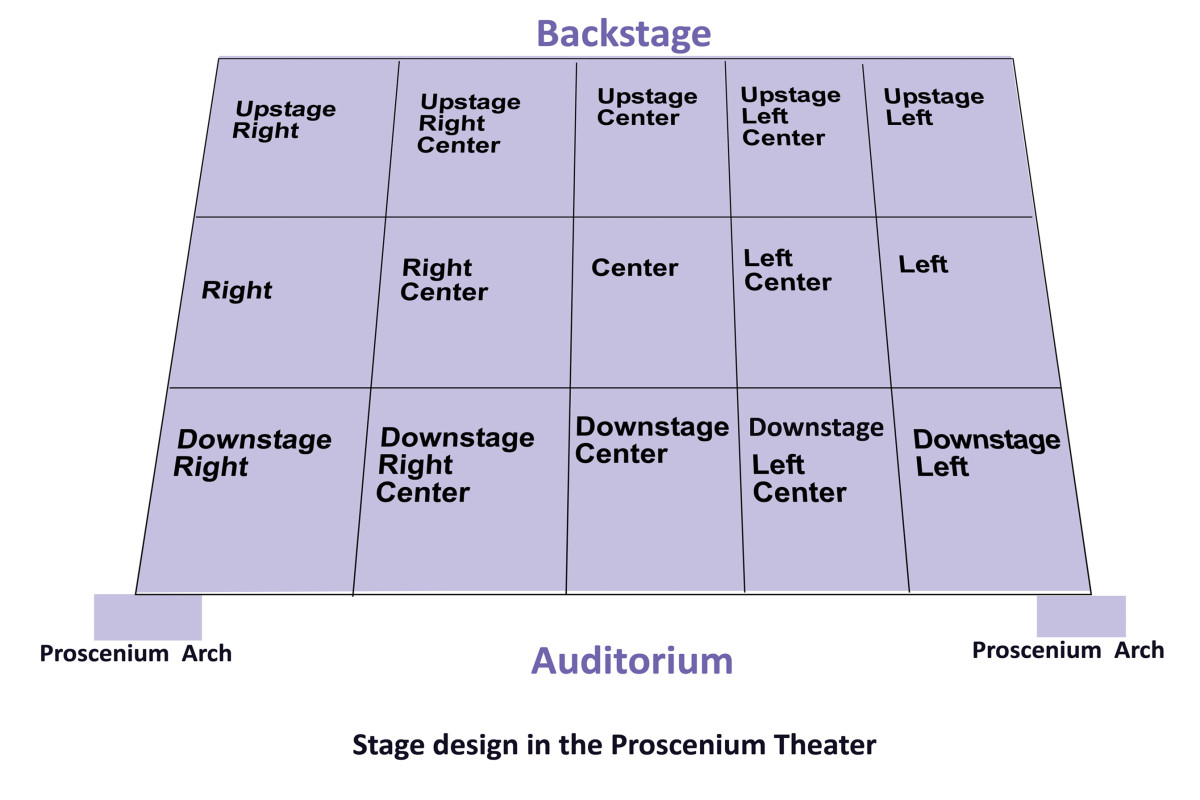Celebrating the Legend that Is Motown

Celebrating the Legendary Motown Record Label Which Broke through So Many Barriers
I have created this lens to celebrate Motown, a label which nurtured so many greats of African American music including Michael Jackson, Stevie Wonder, Smokey Robinson and too many more to name here.
This lens contains some great early Motown videos.
Love Motown! - Event at the London South Bank Centre
Celebrate the great love songs of the Motown back catalogue. Saturday 19th July.
Jazz Jamaica All Stars returns with singers Noel McKoy and Beverley Skeete and members of Urban Soul Orchestra to create a mighty 32-piece reggae orchestra, performing Motown's greatest love songs with a Voicelab choir of 200 voices.
Specially created for Festival of Love, this new show is guaranteed to have you 'Dancing In The Street.'
Enjoy new arrangements of classics reimagined in Jazz Jamaica's inimitable style, including Marvin Gaye's Let's Get It On, The Jackson 5's I'll Be There, The Supremes’ Can't Hurry Love, The Commodores’ Easy and The Isley Brothers’ This Old Heart Of Mine.
- Love Motown!
Enjoy new arrangements of classics reimagined in Jazz Jamaica's inimitable style, including Marvin Gaye's Let's Get It On, The Jackson 5's I'll Be There, The Supremes’ Can't Hurry Love, The Commodores’ Easy and The Isley Brothers’ This Old Heart Of M
Motown: The Truth Is a Hit - An Exhibition at the Schomburg
Motown founder Berry Gordy is quoted as saying "The truth is a hit". And in truth, Detroit's Motown Records became the voice of an entire generation. Our upcoming Motown exhibition, The Truth Is a Hit seeks to explore Gordy's notion of the truth by tracing black music from its African roots through slavery, Jim Crow, the Great Migration, urban America, the Civil Rights and anti-war movements, up to the present day.
Now through July 26th.
- Motown: The Truth Is a Hit
An Exhibition at the Schomburg
The Legend that Is Motown
The importance of music in celebrating Black History Month
It was so heartwarming to see Motown legends such as Stevie Wonder and Lionel Richie, as well as Berry Gordy himself, honouring Michael Jackson at his memorial service.
Motown is a legendary music label which came to prominence in the 1960s, featuring young African American talent. The label was founded by Berry Gordy. Its roster included the Supremes, the Four Tops, the Temptations, Smokey Robinson and the Miracles, and many more. Together, they changed the face of popular music.
When studying Black history and our African heritage, we may be very aware of the suffering we have endured and our fight for survival. It's also important to remember and celebrate the good times. We have a lot to be proud of, and to be thankful for.
Stevie Wonder Performs at Whitney Houston's Funeral - Video of Stevie Wonder Performing
Music legend Stevie Wonder got his start at Motown. Check out this video of Stevie Wonder performing at Whitney Houston's funeral.
- Stevie Wonder Performs at Whitney Houston's Funeral
Video of Stevie Wonder performing at Whitney Houston's funeral.
The Origins of Motown
Berry Gordy founded Motown in 1959
Celebrating the legend that is Motown, it is important to remember the origins of Motown.
Berry Gordy founded Motown in 1959. It was named for Detroit, which had become the world's biggest manufacturing base with the advent of the motor car and the Big Three - Ford,Chrysler and General Motors. Many Black people had been migrating to mid-western cities since the end of the First World War and thousands were attracted to the opportunities to work in Detroit's car factories. Henry Ford was offering workers more money than most had ever been able to earn before.
Gordy himself had worked on a production line in one of the car factories. He was fascinated by the process whereby a frame was turned into a complete car. He ran Motown on a similar basis - anyone could walk in the door and come out a star. Martha Reeves of Martha and the Vandellas had been a secretary at Motown before her success as a singer.
Motown artists were groomed to become stars. Gordy insisted that they dressed well and were well-spoken. The artists were given no choice or control over the material they performed. Berry Gordy had complete artistic control. This eventually led to young artists such as Michael Jackson and Stevie Wonder leaving the label in order to gain more independence.
In one of their early videos, Martha and the Vandellas sang "Nowhere to Run" while walking through a car factory. The video showed the process of a Mustang being built, and ended with them sitting in the car. See the video below for the story.
The success of Motown gained Detroit international recognition on a scale it had not seen before.
Nowhere to Run Video - The story of the Nowhere to Run video
Martha Reeves and the Vandellas filmed "Nowhere to Run" in a Detroit car factory. This video tells the story.
The Motown Revue Hits Britain
The Appeal of Motown is International
When celebrating the legend that is Motown, we remember that the appeal of Motown is international.
In the mid-1960s, the Beatles were are the top of the charts. The Beatles and the Rolling Stones, as well as many of the Merseybeat bands, were strongly influenced by the Motown sound. The Beatles' second album, "With the Beatles", contained covers of three Motown hits. Top acts such as the Beatles and the Stones were very vocal in stating that African American musicians and bands were their favourite artists.
But it was hard to get hold of Motown records in the UK, or even hear them on the radio. Pirate station Radio Luxembourg was the only station to give them any airplay.
In 1964, The Supremes' "Baby Love" hit No. 1 in the UK pop charts.
In 1965, the Motown Revue toured the UK for the first time. Martha and the Vandellas toured along with The Supremes and Stevie Wonder. They were met at the airport by the British Tamla Motown Society. The exquisitely coiffeured performers such as The Supremes wowed their audiences.
The Supremes' "Stop in the Name of Love" knocked the Beatles off the No. 1 position in the charts. But the crowds never turned out for the Motown acts. Mary Wilson of the Supremes described the tour as "a big disappointment".
Dusty Springfield got the Supremes onto hit TV show Ready Steady Go, which featured the kind of music and performers British young people wanted to see.
At a time when there were few Black faces on TV, Ready Steady Go broadcast an hour-long Motown special. The fact that Dusty Springfield hosted the event guaranteed a large audience.
In those days, musical performances and gigs in the U.S. were often segregated, particularly in the South. It was not unusual in some towns to have a rope suspended across the middle of the dancefloor, separating Black people on one side from the whites on the other Motown acts such as Smokey Robinson were among the first to insist that the rope be taken down. Michael Jackson would follow in his footsteps many years later, in challenging the exclusion of African American artists from MTV.
A year later, when the Motown Revue toured again, the crowds went crazy. The Motown performs found that, like the Beatles,, they sometimes had to escape through the back door to avoid the crowds. Sometimes they used ambulances to make their getaway. Motown had arrived in Britain.
Motown and Detroit
History of Detriot, Car Industry, Race Riots and More
Detroit was recently declared bankrupt. This is probably due in part to the departure of Motown.
In the pre- and postwar eras, Detroit grew because of the motor industry.
Black as well as white workers came up fom the South. The white workers brought their racist attitudes with them.
In 1943, there were race riots, caused by overcrowding, homelessness and racial tensions. The riots lasted for three days, and 34 people were killed.
After the war. segregation increased. Many white people moved out of the inner city and into the suburbs.
The launch of the Motown label led to a new pride in the city. People boasted that they came from the city where Motown was based.
Another Riot in Detroit
Race riot in Detroit in 1967
The Beatles' Sergeant Pepper album was released In 1967, sometimes referred to as the "Summer of Love". Meanwhile, there were riots in Detroit.
Simlarly to the Brixton riots of 1981, pressure from the police provoked local Black people to riot. . 43 people were killed, 33 of them Black. The Army was called out and people woke up to find tanks at the end of their streets.
Martha Reeves and the Vandellas' track "Dancing in the Streets" became the unofficial anthem of the rioters. The riots continued for five days. Federal troops were brought in, and people woke up to find tanks at the ends of their streets.
Dancing in the Streets - Martha Reeves and the Vandellas
Dancing in the Streets -the legendary recording by Martha Reeves and the Vandellas
After the Riots
The Demise of Motown following the 1967 Riots
After the riots, the music had to change. Motown artists such as The Temptations recorded "Papa was a Rollin' Stone" and "Ball of Confusion", while Marvin Gaye recorded the legendary "What's Going On" in 1971.
Berry Gordy had tried to suppress "What's Going On" as it was not the kind of music people usually associated with Motown. Once it was released, it became a massive hit.
After the riots, the factories closed down and people were out of work.
8 Mile was the demarcation point between the city and the suburbs. In the white suburbs, housewives were very isolated. They relied on cars to get anywhere.
In the 1970s, oil shortages meant people wanted small foreign cars. The U.S. manufacturers that had been Detroit's economic powerhouses were decimated.
In what had been a prosperous city, there were no jobs. Then crack cocaine and other drugs came into the inner city.
Detroit has the highest murder rate in the U.S.
Today, there are no jobs for young people when they leave school. Detroit has a literacy rate of just 53%. 29 Detroit schools closed in 2009 alone. The city has 70 fires per night.
Detroit today features street after street of abandoned and derelict homes. These are nice houses in what were nice neighbourhoods, with lawns and trees. Houses, factories and former luxury hotels stand empty, their roofs collapsed, their windows broken. At least 50,000 houses have been bulldozed.
Motown Leaves Town
The Motown label was just one of many manufacturers that left town. Berry Gordy went to Hollywood to make movies with Diana Ross. The Motown artists had been treated like royalty by the locals, many of whom relied on the label for their income. Once Motown left Detroit, those artists who remained found they no longer had the respect of local people.
No doubt the exodus of Motown contributed to the demise of Detroit.
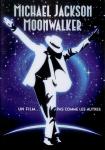
Michael Jackson RIP
A year ago, we woke up one morning to shocking the news of the death of Michael Jackson.
Last August would have seen his 51st birthday and his farewell concerts here in London.
See African American Holiday Shopping to download the Black Gifts Guide for MJ's music, videos and downloads.
As a child, Michael was gorgeous and all the girls had crushes on him. The lead singer of the Jackson 5, he was an exceptionally talented singer, dancer and songwriter. He grew up to be one of the biggest stars on the planet - deservedly so.
Click here to watch a video of Berry Gordy speaking about Michael Jackson.
Although he later moved to other labels, Michael's talent was first nurtured in the Motown family.
Michael Jackson was known for being extremely shy. It has been said that Michael's own father used to make fun of his nose. As an adult, one of the first things he did was to have the shape of his nose altered.
Although Michael suffered childhood abuse, which he discussed in his interview with Oprah, he was reportedly a very caring father.
Why is it that some of the most talented performers have such troubled private lives? See also, What Can We Learn from Elton John?
Open Thought: The Face Behind the "Uncelebrated" - Interview with Motown Saxophone player Duane Parham
This great blog contains an interview with Motown saxophone player Duane Parham.
Parham is about to launch a new documentary, “The Uncelebrated Musicians of the Motown Empire". It’s about the horn players who played during the Motown era and their names are rarely mentioned.
Even the documentary Standing in the Shadows of Motown, which was an excellent documentary, did not mention any of the horn players!
- "The Uncelebrated Musicians of the Motown Empire"
"The Uncelebrated Musicians of the Motown Empire"
Chucky on MJ
Chucky from Don't Stop Believing Talks about Working with Michael Jackson
Chucky Klapow, one of the judge on Channel 5's Don't Stop Believing, was working with Michael Jackson on the This Is It show before Michael's death. Chucky spoke on Channel Five's The Wright Stuff about what it was like watching Michael dance:
"He was incredible. That's natural ability. He's self-taught. That's real dancing. It's not just steps. It's something from the soul. Something from within. It was amazing just to watch him move. Even when he was just kinda moving, wasn't even hitting it really hard, it was magical. "
Michael Jackson Tribute Video - Celebrating the Life of Michael Jackson
Michael Jackson's Thriller - Michael Jackson's Thriller Video Debuted 30 years Ago Today
Michael Jackson's Thriller video debuted 30 years ago today.
Lamont Dozier on the BBC - Lamont Dozier talks about Michael Jackson
Download Michael Jackson on Amazon
Breaking Down Barriers
Michael Jackson was one of the first African American performers to have a video shown on MTV, which up until that time had been known almost exclusively as a white rock-oriented station. He thus opened up opportunities for thousands of other African American artists. Every Black artist whose work has been shown on MTV since then was able to do so because of Michael.
In this, he resembled Sammy Davis Junior, who successfully challenged racial segregation in Las Vegas in the 1950s. Every casino begged Sammy to come, but they would not allow him or his band members to stay in the hotel. He insisted that they be allowed to stay there, have a drink in the bar and gamble in the casinos. Only when one hotel finally agreed to this did Sammy consent to perform in Vegas.
Michael Jackson as a Mature Artist
The 1982 album Thriller remains the best-selling album in history, and produced an unprecedented seven hits. The Thriller video was truly groundbreaking and is still influencing filmmakers today.
As an adult, Michael increasingly became a crossover artist, wooing white audiences.
The British press was, at times, vicious towards Michael, labelling him "Wacko Jacko". It later emerged that some of the strangest stories about him, such as his sleeping in a hyperbaric chamber, were generated by his own publicity machine.
Followed constantly by crowds of fans who held vigils outside his hotel rooms when he was on tour, Jackson increasingly felt the need for privacy. He became more and more isolated, often preferring to spend his time with animals and children.
Gaining ever larger numbers of white fans, Michael increasingly resembled them physically. Black fans thought of him as strange, and his appearance was bizarre, but we remained loyal to him because of his music.
Like many African Americans, he changed his appearance to make himself appear more white. This gave evidence of a specific type of hatred, i.e. internalised racism, which affects people of African heritage. This was heartbreaking for those of us who remembered how beautiful he had been as a child.
On Jackson's death, film director Martin Scorcese said: "When we worked together on Bad, I was in awe of his absolute mastery of movement on the one hand, and of the music on the other."
His death at age 50 has been attributed to an overdose administered by his personal physician, who has been convicted of manslaughter and senteneced to four years' imprisonment.
It has been said that he was just the last in a long line of doctors and that MJ was taking a cocktail of prescription drugs, including painkillers and sedatives, at the time of death.
More Michael Jackson on Amazon
Soul Makossa - "Wanna Be Startin' Something"
"Soul Makossa" is a 1972 single by Cameroonian makossa saxophonist Manu Dibango. It is often cited as one of the first disco records. It's refrain of "Mama-ko, mama-sa, ma-ka-ma-ko-ssa" was used by Michael Jackson in "Wanna Be Startin' Somethin"
When Smokey Met Ray
I saw a recent interview with Smokey Robinson in which he described his first meeting with Ray Charles.
He and a bunch of young people, including Berry Gordy, went to the Apollo Theatre in Harlem. It was their first-ever visit. What they didn't know was that there was a house orchestra at the Apollo and they were expected to have brought orchestral arrangements for their songs.
The manager of the Apollo was furious because they did not have the arrangements they needed.
Now, it just so happened that Ray Charles had come to the rehearsal that morning. He asked Smokey, "Do you know your song?". Smokey was so nervous he could barely get the words out. "I can play it on the piano".
Ray Charles heard the song one time, then he sat down at the piano and played it. He said to someone, "the guitar goes here. Write that down. The strings go here" and so forth. So, he made up the arrangement as he went along.
After that, Smokey said, anytime Ray Charles wanted him to do something, he could be in Timbuktu and if he got a call from Ray, he would get on a plane from Timbuktu and go anywhere Ray wanted him to be.
Just goes to show you, when you do something for somebody else, it pays off time and time again.
Resources - Links to sites celebrating Motown
- Black Music History on Panache
A great site celebrates music of the old school.






